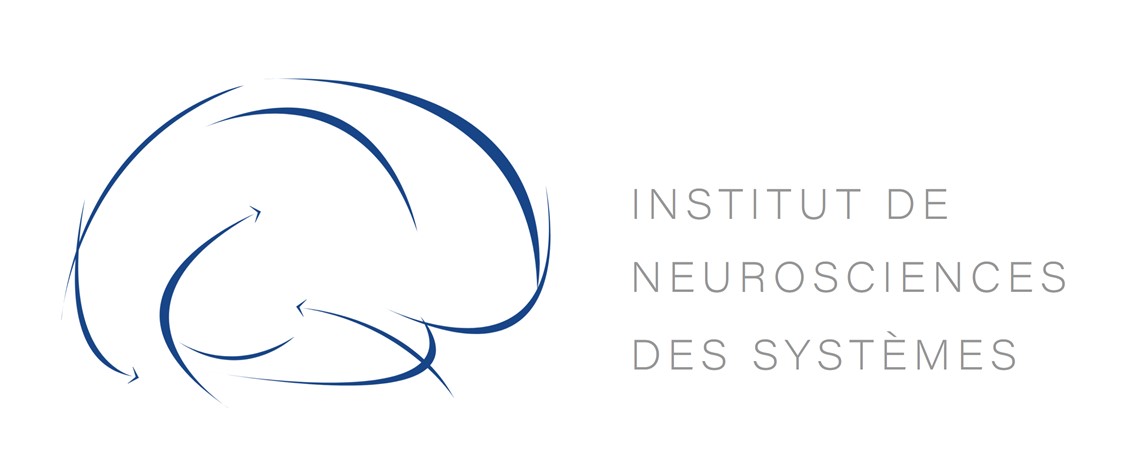Compensating functional connectivity changes due to structural connectivity damage via modifications of local dynamics
Résumé
Neurological pathologies as e.g. Alzheimer’s Disease or Multiple Sclerosis are often associated to neurodegenerative processes affecting the strength and the transmission speed of long-range inter-regional fiber tracts. Such degradation of Structural Connectivity impacts on large-scale brain dynamics and the associated Functional Connectivity, eventually perturbing network computations and cognitive performance. Functional Connectivity however is not bound to merely mirror Structural Connectivity, but rather reflects the complex coordinated dynamics of many regions. Here, using analytical characterizations of toy models and computational simulations connectome-base whole-brain models, we predict that suitable modulations of regional dynamics could precisely compensate for the effects of structural degradation, as if the original Structural Connectivity strengths and speeds of conduction were effectively restored. The required dynamical changes are widespread and aspecific (i.e. they do not need to be restricted to specific regions) so that they could be potentially implemented via neuromodulation or pharmacological therapy, globally shifting regional excitability and/or excitation/inhibition balance. Computational modelling and theory thus suggest that, in the future therapeutic interventions could be designed to “repair brain dynamics” rather than structure to boost functional connectivity without having to block or revert neurodegenerative processes. AUTHOR SUMMARY Neurological disorders affect Structural Connectivity, i.e. the wiring infrastructure interlinking distributed brain regions. Here we propose that the resulting disruptions in Functional Connectivity, i.e. inter-regional coordination and information sharing, could be compensated by modifying local dynamics so to effectively emulate the restoration of Structural Connectivity (but through a suitable “software patch” rather than by repairing the “hardware”). For simple toy models involving a few regions we can achieve an analytical understanding of how structural and dynamical changes jointly control Functional Connectivity. We then show that the concept of “effective connectome change” via modulation of dynamics robustly extend also to simulation of large-scale models embedding realistic whole-brain connectivity. We thus forecast that novel therapeutic strategies could be devised, targeting dynamics rather than neurodegenerative mechanisms.
| licence |
|---|


